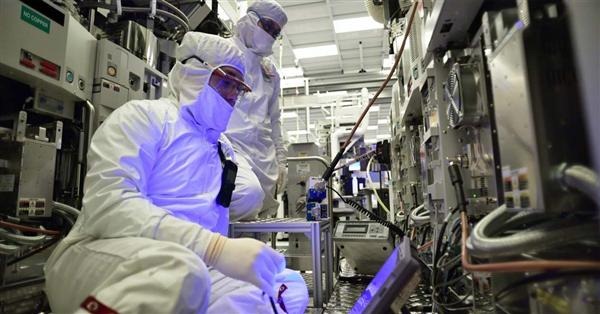
Definitely it seems that Intel has already left behind the famous cadence of development “tick-tock” in its processors, and with the 10 nm still in the pipeline everything points to the tenth generation of Intel Core processors, named Comet Lake, will repeat the 14 nanometers that the company has already used in Kaby Lake, Coffee Lake and the ninth generation, “Coffee Lake Refresh”. However, it seems that Comet Lake will have processors of up to 10 physical cores to deal with the brute force of AMD Zen 2 processors.
It seems that the manufacturing process at 10 nm is giving Intel more war than expected (remember that now you do not expect 10 nm until 2020 at least), so it is stretching the 14 nm as much as possible. Proof of this is that the famous “tick-tock” development cadence has long since passed, and the 14 nm have already seen two micro architectures: Broadwell and Skylake, Broadwell being an optical reduction from Haswell’s 22 nm, and Skylake a new micro architecture based on a more mature 14 nm node.
The advances in the development of the Intel manufacturing nodes were on rails in 2015 and 2016, making the 14 nm the base of three new generations, including the seventh ( Kaby Lake ), eighth ( Coffee Lake ) and ninth ( Coffe Lake Refresh ). The funny thing about all this is that for the first time in a long time, the last two generations saw an increase in the number of physical cores in the processor, which brings us to the next question.

As we explained before, Intel already has five “generations” of processors using the 14-nanometer node, and this is not because they do not want to hit the jump at 10 nanometers, but because of various problems when it comes to physically reduce and increase the number of transistors, problems in the supply chain, and in general, impediments everywhere.
Therefore, the company is being forced to continue using its 14-nanometer node to manufacture the following generations of processors, and since they can not reduce the lithography, they are increasing the number of physical nuclei, facing up to AMD based on brute force. same way as AMD did in previous generations (remember for example the Bulldozer with 8 physical cores versus Intel with its four cores).
In this way and continuing with the story, the tenth generation of Intel Core processors, which will be called (theoretically) Comet Lake, will keep the veteran manufacturing node at 14 nm but will raise again the number of physical cores, this time up to 10 ( that, with Hyperthreading technology, will have 20 total process threads ). If they keep the same lithography as it seems, we would be talking about the same cache hierarchy, with 256 KB of L2 cache per core and 20 MB of shared L3 cache.
Finally, note that AMD while not being left still as it is evident, and while the first processor to 7 nm AMD will be oriented to the business server and not the user foot, will form the basis for the next “Zen +” processors under socket AM4 of which Lisa Su, CEO of AMD, already spoke in September, and will also have up to 16 physical cores. We’ll see what the competition between Intel and AMD is in the next few months, but it looks pretty interesting, of course.
